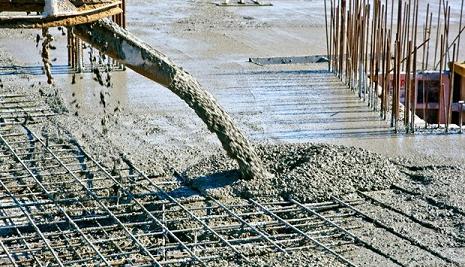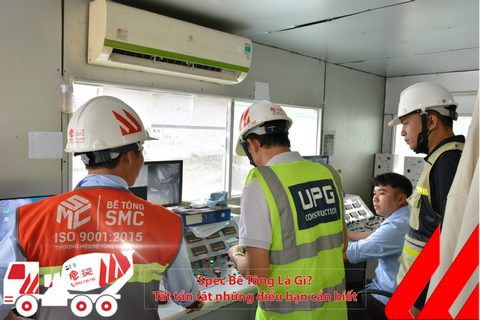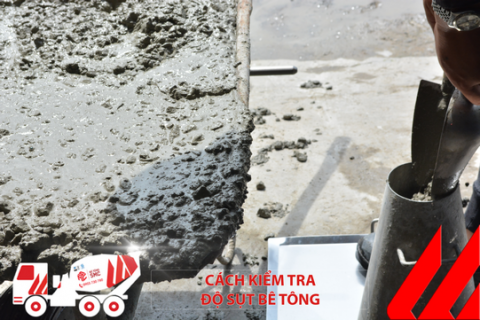Frequently asked Questions
Concrete engineering advice
Business contact
How to choose grade and slump when using fresh concrete
This advice applies to family houses, villas, office houses under 10 floors.When you build a house (office), the choice of concrete grade is made by the design consultancy unit, the structural design engineer, not the architect. Because when calculating structures, engineers must select concrete grades and take the load values of the marks into the calculation to give the size of the components (width of beams, floor thickness ...), amount of steel and the layout of each structure.
Normally with small civil works, a project should only use one type of concrete grade. If different grades of concrete are used for different structures, the behavior of the structure between the intersection points of the concrete types will not be accurate and may cause local problems at the site. there.
Commercial concrete can be produced with grades 200, # 250, # 300, # 350, # 400, # 600, # 800 ...
For small civil works, the commonly used concrete grade is grade 250 or # 300.

Depending on the project, you can choose concrete grades according to the following guidelines to bring about economic benefits when building:
• For buildings <= 3 floors: Use concrete # 200, with spans between large beams, use grade 250.
• For building 4 <= number of floors <= 6 floors: Use grade 250, with span between large beams, use grade 300.
• For buildings 6 <= number of floors <= 10: Use grade 300, with large span structures, consult with structural engineers to make a reasonable design plan.
For each item and the way of pouring concrete (pouring hand, static pump or pump), the location of construction items, weather ... the slump varies. The change of slump is to ensure construction can be implemented.
• With residential houses you can use the slump option of 10 ± 2 (maximum of 12 ± 2 when climbing) when using a pump to pour concrete.
• For concrete directly poured without a pump, the slump should be less: should be 6 ± 2.
For other projects refer to the use of concrete grades when designing as follows:
• High-rise foundations, warehouses, factories: 300 - 400;
• Large span industrial houses, silos, tanks: 300 - 400;
• Precast concrete piles, bored piles: 300 or more;
• Abutments, piers, bridge beams, prestressed beams: 350 or more.
Other news
Currently, ready-mix concrete is a top choice for many construction projects—both large and small—thanks to its convenience, consistent quality, and high construction efficiency. With extensive experience supplying commercial concrete for numerous key projects in the Southern region, SMC proudly offers a diverse range of ready-mix concrete products to meet the technical requirements of every type of construction.
A Comprehensive Guide to Concrete Specs – Everything You Need to Know
A Complete Guide to Concrete Specs – a set of technical parameters including concrete grade, slump, compressive strength, aggregate size, and mix ratio. This article helps you understand how to define, apply, and control concrete quality according to TCVN standards and practical construction conditions.
How to check the concrete slump
In construction and civil engineering, concrete slump test (or simple slump test) is the work performed at the construction site or in the laboratory that usually determines and measures the hardness, consistency of samples. Concrete before pouring concrete or casting maintenance, research or experiment samples.




